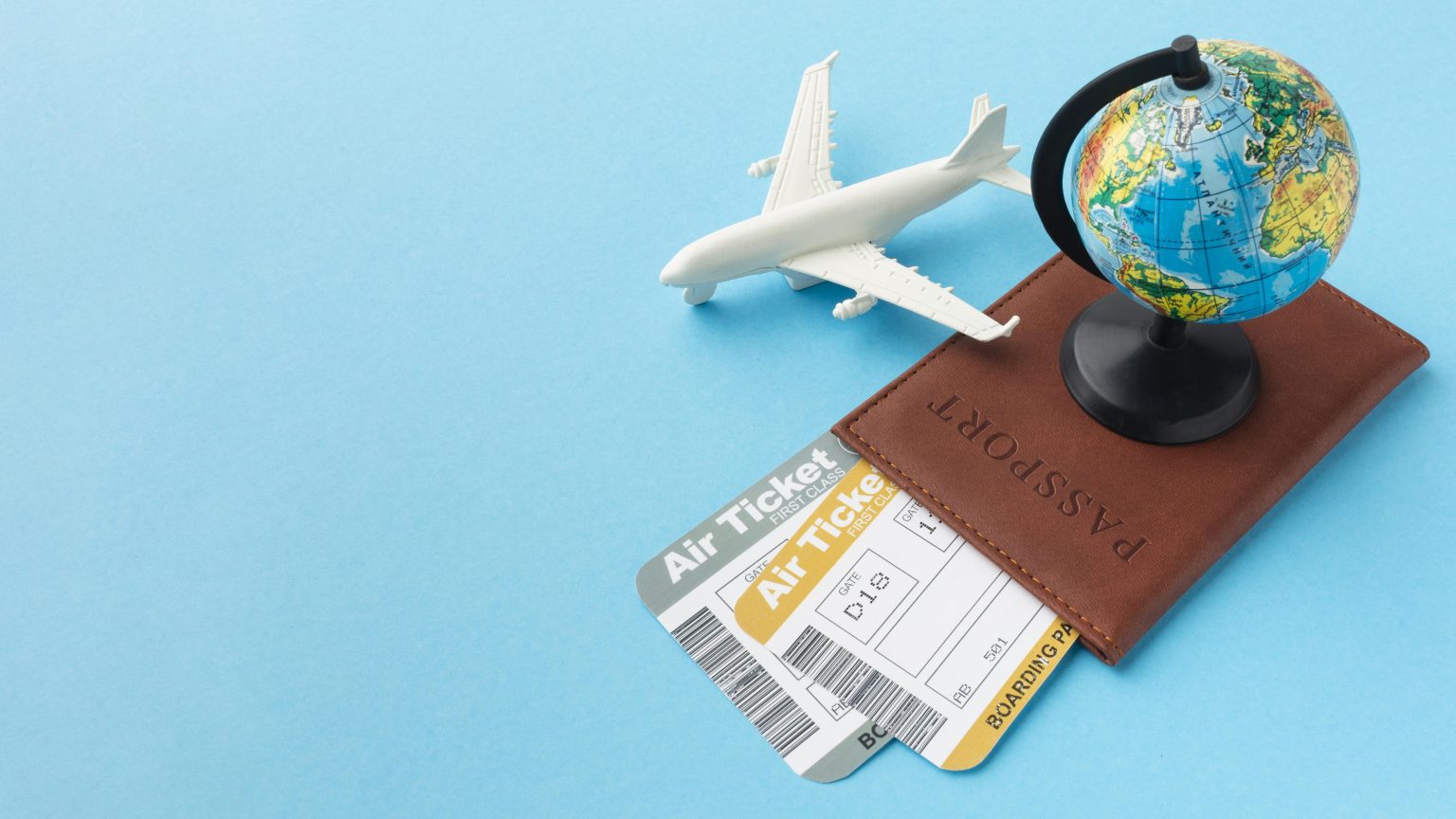In a move aimed at bolstering airport security and improving passenger screening procedures, the Transportation Security Administration (TSA) has announced the implementation of facial recognition technology in over 430 airports across the United States. This groundbreaking initiative is set to transform the way travelers are verified, offering enhanced efficiency and accuracy. We will delve into the details of the TSA’s facial recognition adoption, its potential benefits, and address privacy concerns associated with this advanced security measure.
Facial Recognition at Airports: A New Era of Security:
Facial recognition technology has gained significant momentum in recent years, finding applications across various industries. With its integration into airport security protocols, the TSA aims to streamline passenger verification processes and fortify overall security measures. By utilizing advanced algorithms to match facial images against biometric databases, the TSA can efficiently and accurately confirm travelers’ identities, reducing reliance on physical documents and mitigating identity fraud risks.
Fast Company reports that the biometrics used in airports have a 97% effectiveness rate on over two million passengers daily. However, this means that for approximately 60,000 individuals, the system may not function properly if it were implemented nationwide.Currently, the pilot program is optional and employs 1:1 matching. This means that your face is compared to your government-issued identification, such as a driver’s license or passport, in real-time. The Transportation Security Administration (TSA) assures that the data is immediately overwritten when the next passenger approaches, and no images are retained at the end of the day.
Eventually TSA Explores Facial Recognition Technology, Raises Privacy Concerns
The Transportation Security Administration (TSA) is currently conducting a pilot program using facial recognition software at select airports. This program compares travelers’ images to a government database, but only includes those enrolled in TSA PreCheck. However, the use of facial recognition technology by government agencies has raised concerns among privacy advocates. The lack of comprehensive laws regarding its use in the United States puts civil rights and privacy at risk, according to the Electronic Privacy Information Center (EPIC).
The TSA ultimately aims to make biometric recognition mandatory. TSA Administrator David Pekoske stated during a SXSW fireside chat that it would eventually be required for all travelers, highlighting its effectiveness and efficiency. He also mentioned that the agency wants to be transparent about the program, although the results of the two-year pilot testing will not be released to the public. When questioned about the origins of the program, Pekoske revealed that it was a self-directed initiative by the TSA. As the TSA explores the use of facial recognition technology, concerns about privacy and civil rights remain at the forefront.
Benefits of Facial Recognition Adoption:
The widespread adoption of facial recognition technology by the TSA offers several compelling advantages:
- Enhanced Security: Facial recognition technology strengthens security measures at airports by providing more accurate identification of passengers. By swiftly identifying potential threats or individuals with questionable backgrounds, authorities can take immediate action to ensure the safety of all travelers.
- Streamlined Travel Experience: The use of facial recognition simplifies the passenger verification process, enabling faster and smoother transitions through security checkpoints. This increased efficiency minimizes queues, reduces congestion, and enhances the overall travel experience, ensuring travelers can reach their destinations more swiftly.
- Improved Authentication: Facial recognition technology improves the accuracy of identity verification compared to traditional methods that rely on physical identification documents. This added layer of authentication helps prevent instances of fraudulent activity and enhances the trust and integrity of the screening process.

